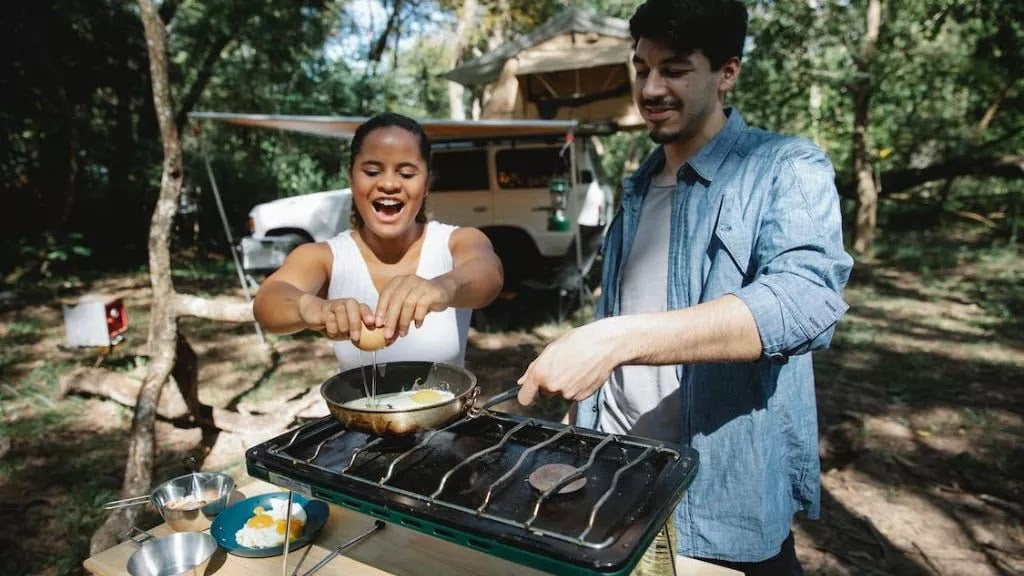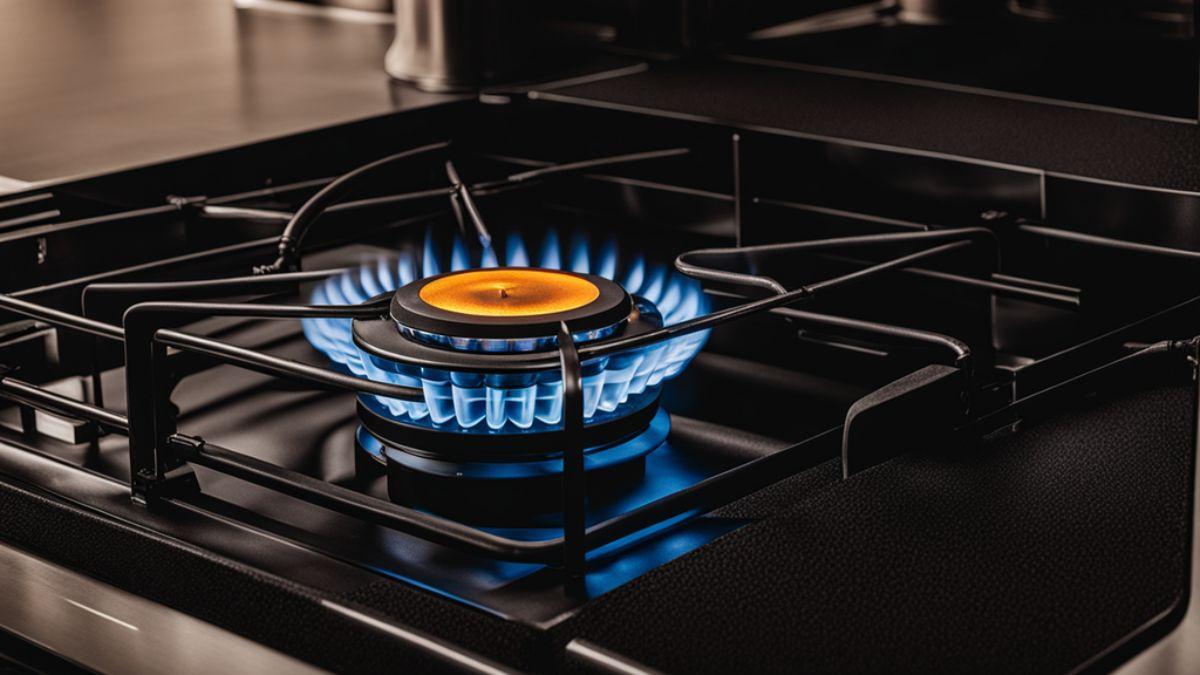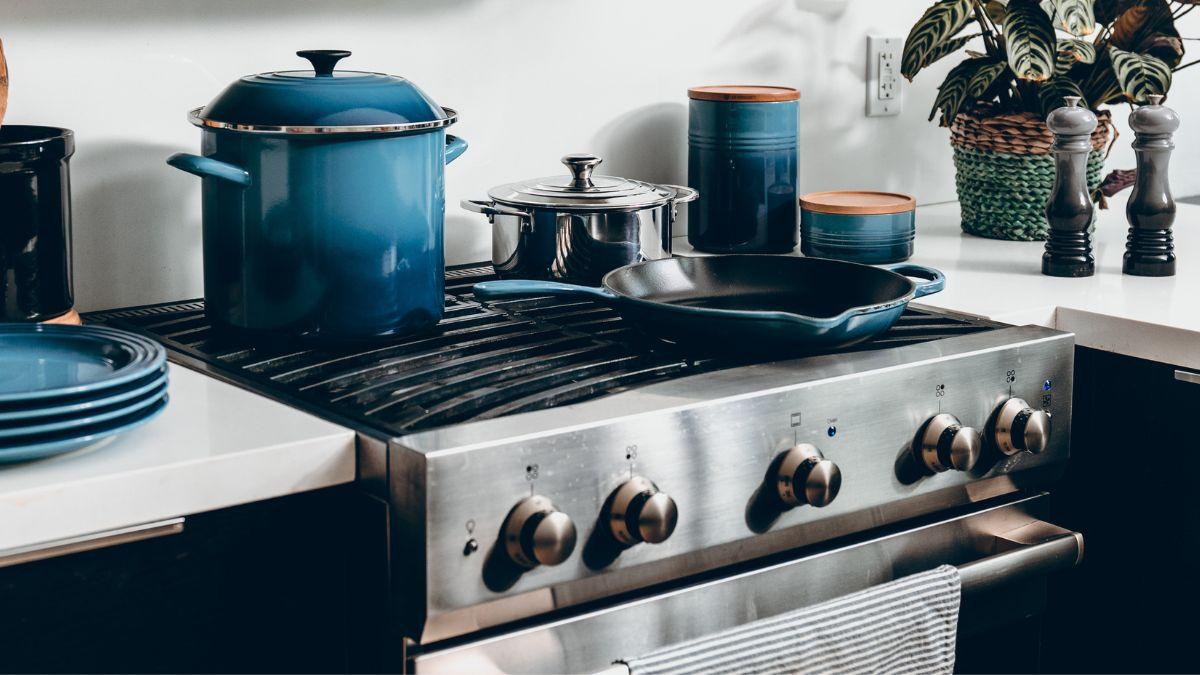
We may earn money or products from the companies mentioned in this post.
Explore the temperature range of electric stoves and ensure a safe cooking experience. Learn about electric stove heat levels and tips for maintaining a secure kitchen environment.
Have you ever wondered just how hot your electric stove can get? As a home cook, it’s important to understand the temperature ranges of your appliances to ensure safety and the best results. Electric stoves are a staple in many home kitchens, but they can reach scorching temperatures that may surprise you. While electric stoves provide consistent, controllable heat for cooking, their maximum settings should be used carefully.
In this article, we’ll explore how hot electric stoves can get at their highest heat levels. You’ll learn some useful tips for managing the temperature on your stove to avoid injury or damage. We’ll also discuss recommendations for maintaining a secure cooking environment with an electric range. By the end, you’ll have a better understanding of your electric stove’s capabilities and how to harness its power for efficient and safe cooking every day. Ready to turn up the heat in your kitchen? Let’s dive in!
Reed: The Best Pots and Pans for Electric Stove: Save Time and Money
Understanding Electric Stove Temperature Ranges
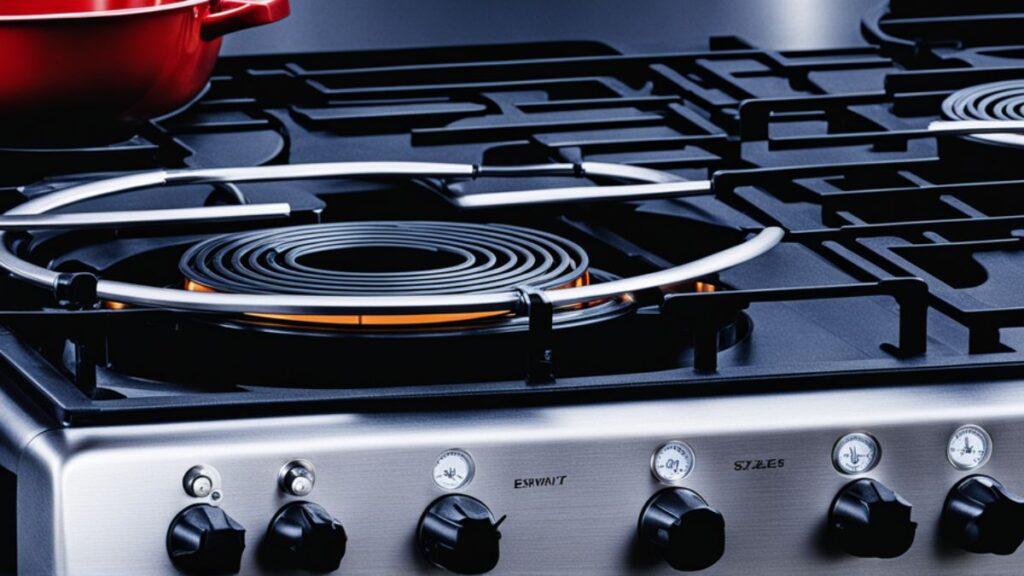
Electric stoves generate heat through electrical coils or ceramic glass cooktops. The temperature range can vary significantly depending on the model and settings. It’s important to understand how hot your electric stove can get to ensure safe cooking.
Most electric stoves offer a range of heat levels from warm to high. The lowest setting, often called “simmer” or “low,” typically reaches 150-250°F, ideal for gentle heating and slow cooking. The mid-range “medium” setting averages 300-375°F, suitable for sautéing vegetables, searing meat, and boiling water.
The dangers of “high”
The highest setting, commonly called “high,” can reach temperatures of 450°F or more, hot enough to cause burns, fires, and other damage if used improperly. Never leave the kitchen unattended when a burner is on high. Keep a close eye on oils or butter in pans, as they can ignite quickly at extremely high heat.
•Turn the pot and pan handles inward to avoid accidental spills. •Keep a fire extinguisher rated for grease fires on hand. •Teach children to stay a safe distance from the stove when in use. •Never pour cold water into a hot pan—it can cause splattering grease to ignite.
Most electric stoves will retain heat for some time after turning off, so exercise caution even after cooking. Consider using potholders, oven mitts, or trivets under pans and pots after removing them from the stovetop.
By understanding the range of temperatures your electric stove can produce and following some basic safety tips, you’ll be able to harness its power for delicious cooking while avoiding potential hazards. Keep a close eye on the stove, especially when set to high heat, and you’ll enjoy safe and satisfying meals from your kitchen.
Reed: Unleash Culinary Excellence: Top 6 Pots and Pans for Gas Stoves
Factors That Impact Electric Stove Heat Levels
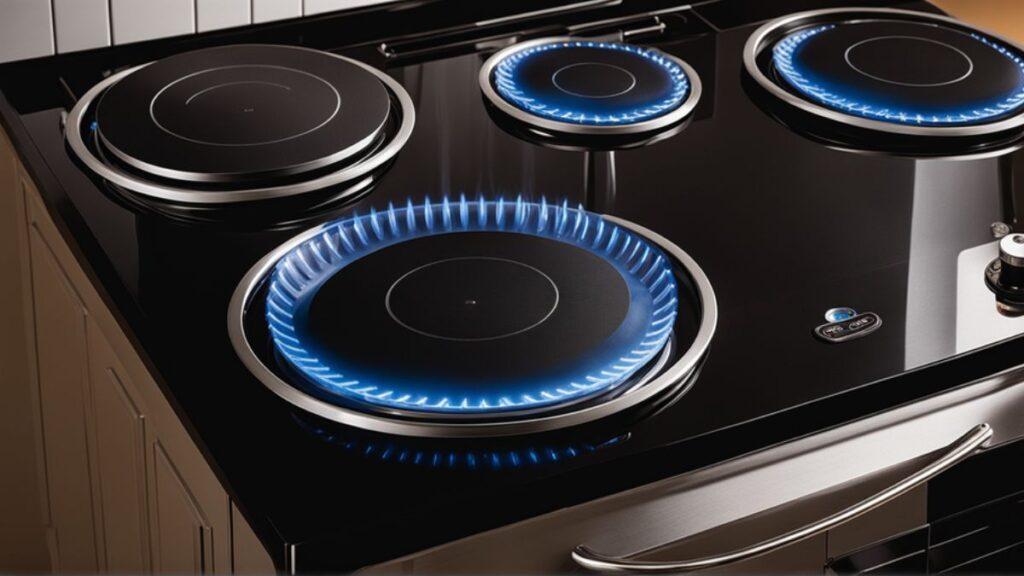
The heat level of your electric stove depends on several factors. The element type, number of elements, element size, and element setting all impact how hot your stove can get. Understanding these factors will help ensure safe and efficient cooking.
Element Type
The two most common element types are coil and smooth top. Coil elements take longer to heat up but also retain heat better. Smooth top elements heat up and cool down quickly, providing more precise temperature control. Either element can produce high heat, so exercise caution.
Number and Size of Elements
Electric stoves typically have two to four elements in various sizes. More, larger elements mean your stove has a higher maximum temperature and can heat up faster. Fewer, smaller elements may require more cooking time to get your dishes thoroughly heated. Choose an appropriate element size for the pot or pan you’re using.
Element Setting
The element setting, or heat level, is the most significant factor impacting stove temperature. At lower settings (1-3), elements produce a minimal amount of heat, ideal for simmering and gentle cooking. Medium settings (4-6) are suitable for sautéing and searing. Higher settings (7-10) generate intense heat needed for boiling and stir-frying. Always start at a lower setting and gradually increase the temperature to avoid burning your food.
Additional Safety Tips
- Never leave the kitchen while cooking on high heat. Unattended stovetops pose a fire risk.
- Keep towels, dishrags, and other flammable materials away from the elements.
- Make sure the pot and pan handles are turned inward so they don’t overhang the edge of the stovetop.
- Clean stove elements regularly to prevent built-up grease and grime, which can catch fire.
- Consider using a timer to remind yourself to check on and stir dishes.
- Keep a fire extinguisher in an easy-to-reach spot in case of emergencies.
Following these tips will help you safely navigate the heat levels of your electric stove and ensure an enjoyable cooking experience. Stay attentive, start with a lower setting, and gradually increase the temperature. Your dishes and your home will thank you!
Reed: Top-Rated Best Cookware for Gas Stoves: Revieaws and Recommendations
Recommended Temperature Settings for Common Cooking Tasks
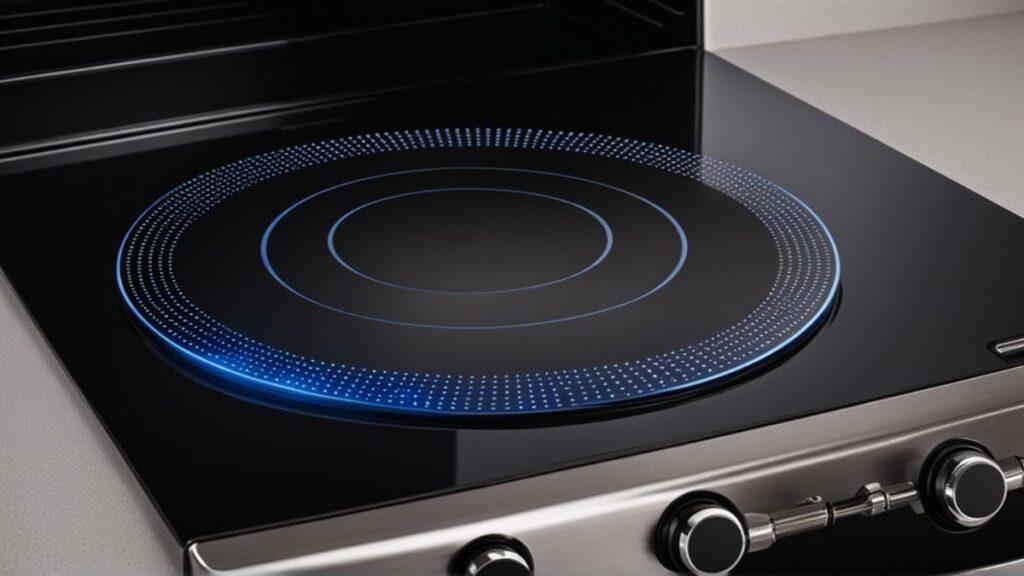
When cooking on an electric stove, it’s important to understand the different temperature settings and how hot each level will get. The numbers or dots on your stove’s control panel correspond to specific temperature ranges to help you choose the right amount of heat for common cooking tasks.
Simmering (Low or 1-3):
The lowest heat settings, around 145-195°F, are best for gentle simmering, warming, and reheating food. At this temp, water will barely bubble. Use for delicate sauces, custards, or reheating leftovers.
Slow Cooking (Medium Low or 4-6):
Medium-low, around 205-245°F, is good for slow-cooking rice, beans, and stews or poaching fish. At this level, water will gently bubble.
Sautéing (Medium or 6-8):
Medium heat, around 250-300°F, is ideal for sautéing vegetables, searing meat, or frying eggs. Food sizzles at this temp and water vigorously bubbles. Use oil with a high smoke point like canola or peanut oil.
Boiling (Medium High or 8-10):
Medium-high, around 310-350°F, will bring water to a rapid boil for cooking pasta, blanching vegetables, or steaming. Be very careful, as high heat levels can cause burns. Keep pot handles turned inward and never leave the kitchen unattended.
Searing (High or 10-12):
The highest settings, over 365°F, should only be used briefly for searing meat or browning surfaces. High heat can scorch food quickly, so keep a close eye on what you’re cooking.
Using the proper heat level for each cooking task will ensure your food is prepared safely and comes out perfectly every time. Monitor the stovetop closely, keep pot handles turned inward, and never leave the kitchen unattended when the stovetop is in use to avoid potential fire hazards. By following recommended temperature guidelines and basic safety tips, you’ll feel comfortable harnessing the power and precision of your electric stove.
Reed: Blue Diamond Cookware Oven Safe: Ultimate Guide for Chefs
Safety Tips for Cooking With an Electric Stove
Cooking with an electric stove requires some caution since the heating elements can get extremely hot. Follow these tips to ensure safe and enjoyable cooking experiences.
Turn the pot handles inward. Always turn the pot and pan handles inward, away from the edge of the stovetop. This prevents accidentally knocking them over and prevents burns from grabbing a hot handle.
Use backburners for children. If children are present in the kitchen, use the back burners whenever possible and turn the pot handles inward. Keep kids away from the stovetop to prevent burns.
:
Wear oven mitts. Wear protective oven mitts or potholders when removing lids or pots from the stovetop. The glass surface may not appear hot but will retain a lot of heat, even after turning off the burner.
Keep a fire extinguisher accessible. Although rare, grease fires can occur on electric stovetops. Keep a fire extinguisher rated for grease fires easily accessible in the kitchen in case of emergency. Baking soda can also be used to extinguish small grease fires.
Avoid overheating. Never leave the kitchen while cooking on an electric stove. Unattended pots can overheat, boil over, and cause fires. Be very cautious when deep frying, as overheated oil can ignite.
Know your stove’s heat settings. Most electric stoves have different-sized burners with various wattage ratings. The larger burners put out more heat. Start on a lower setting and gradually increase to avoid scorching. The exact temperature of each setting will vary between stovetops.
- •Low (simmer): 140-190°F
- •Medium (sauces, steaming): 195-250°F
- •Medium High (frying, boiling): 255-350°F
- •High (rapid boiling, searing): 365-450°F
By exercising caution and using the proper heat settings for different cooking methods, you’ll stay safe and feel comfortable cooking with your electric stove. Take it slow until you get a feel for how hot each burner really gets to avoid burns, fires, and other accidents. With regular use, operating an electric stove will become second nature.
Conclusion
That’s the lowdown on heat settings and safety with electric stoves. You can cook with confidence now that you know the temperature ranges of the various settings and how to avoid burns, fires, and other mishaps. Keep in mind that the surface will continue to be extremely hot for a while after turning off an element. When cooking, take care, use potholders, have a fire extinguisher close at hand, and never leave the kitchen alone. If you adhere to these recommended guidelines, cooking meals on your electric stove will be safe and fulfilling for many years to come. Be careful and enjoy your cooking!



